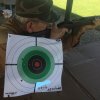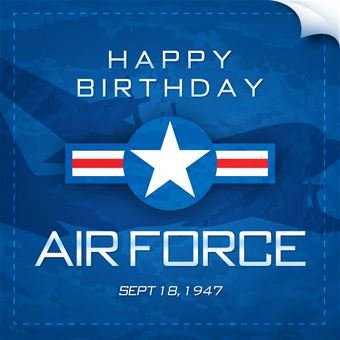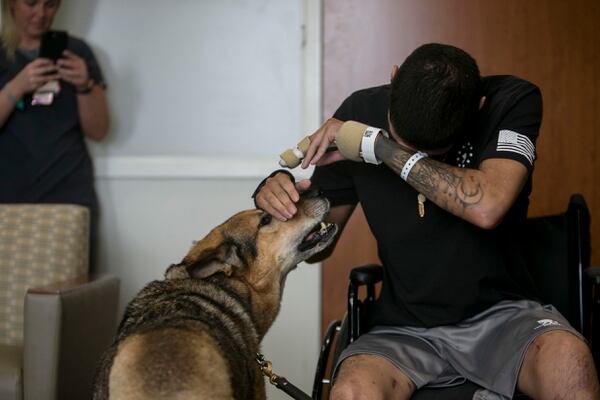President Donald Trump awards the Medal of Honor to former Army Staff Sgt. Ronald J. Shurer II for actions in Afghanistan, in the East Room of the White House, Monday, Oct. 1, 2018, in Washington. (AP Photo/Pablo Martinez Monsivais)
President Trump on Monday awarded the military's highest honor to a former U.S. Army medic and Green Beret who saved soldiers' lives during a battle with terrorists in Afghanistan in 2008.
Former Staff Sgt. Ronald J. Shurer II, of Alaska, received the Medal of Honor during a ceremony at the White House. Trump said it was a "proud and special day for those of us here in the White House because Ron works right here alongside us," with the U.S. Secret Service.
The Citation
The president of the United States of America, authorized by act of Congress, March 3, 1863, has awarded in the name of Congress the Medal of Honor to Staff Sergeant Ronald J. Shurer II, United States Army, for conspicuous gallantry and intrepidity at the risk of his life above and beyond the call of duty.
Staff Sergeant Ronald J. Shurer II distinguished himself by acts of gallantry above and intrepidity above and beyond the call of duty on April 6t 2008, while serving as a senior medical sergeant, Special Forces Operational Detachment Alpha 3336, Special Operations Task Force 33, in support of Operation Enduring Freedom.
Staff Sergeant Shurer was part of an assault element inserted by helicopter into a location in Afghanistan. As the assault element moved up a near-vertical mountain towards its objective, it was engaged by fierce enemy machine gun, sniper, and rocket-propelled grenade fire. The lead portion of the assault element, which included the ground commander, sustained several casualties and became pinned down on the mountainside. Staff Sergeant Shurer and the rest of the trailing portion of the assault element were likewise engaged by enemy machine gun, sniper, and rocket-propelled grenade fire.
As the attack intensified, he braved enemy fire to move to an injured soldier and treat his wounds. Having stabilized the soldier, he then learned of the casualties among the lead element. Staff Sergeant Shurer fought his way up the mountainside under intense enemy fire to the lead element's location. Upon reaching the lead element, he treated and stabilized two more soldiers. Finishing those lifesaving efforts with, he noticed two additional severely wounded soldiers under intense enemy fire. The bullet that had wounded one of these soldiers had also impacted Staff Sergeant Shurer's helmet. With complete disregard for his own life, Staff Sergeant Shurer again moved through enemy fire to treat and stabilize one soldier's severely wounded arm. Shortly thereafter, he continued to brave withering enemy fire to get to the other soldier's location in order to treat his lower leg, which had been almost completely severed by a high- caliber sniper round.
After treating the soldier, Staff Sergeant Shurer began to evacuate the wounded, carrying and lowering them down the sheer mountainside. While moving down the mountain, he used his own body to shield the wounded from enemy fire and debris caused by danger close air strikes. Reaching the base of the mountain, Staff Sergeant Shurer set up a casualty collection point and continued to treat the wounded. With the arrival of the evacuation medical helicopter, Staff Sergeant Shurer, again under enemy fire, helped load the wounded into the helicopter. Having ensured the safety of the wound, he then regained control of his commando squad and rejoined the fight. He continued to lead his troops and in place security elements until it was time to remove the evacuation landing zone for the helicopter.
Staff Sergeant Shurer's actions are in keeping with the finest traditions of military service and reflect great credit upon himself, Combined Joint Special Operations Task Force Afghanistan, Special Operations Command Central, and the United States Army.
https://www.armytimes.com/news/your-army/2018/10/01/we-can-do-a-little-better-for-that-soldier-a-green-beret-just-got-his-silver-star-upgraded-to-a-medal-of-honor/?utm_source=Sailthru&utm_medium=email&utm_campaign=New Campaign&utm_term=Editorial - Army - Daily News Roundup
https://www.military.com/daily-news/2018/10/01/trump-awards-medal-honor-his-own-secret-service-agent.html














